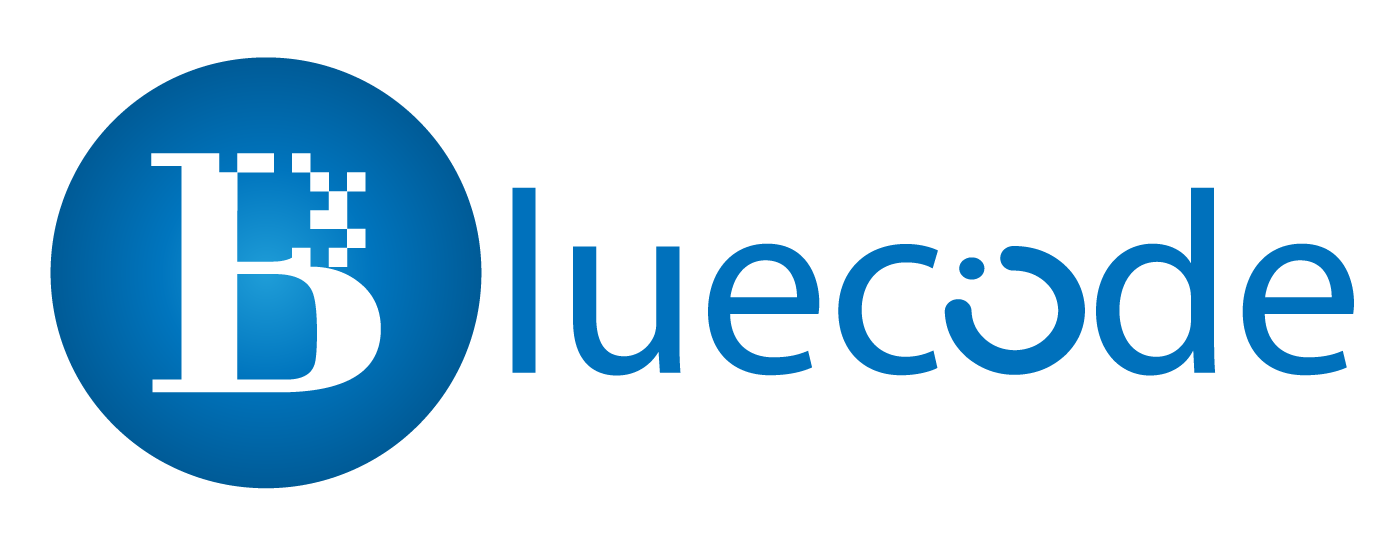The Certified Data Privacy Solutions engineer (CDPSE) is focused on validating the technical skills and knowledge it takes to assess, build and implement a comprehensive privacy solution. CDPSE holders can fill the technical privacy skills gap so that an organization has competent privacy technologists to build and implement solutions that mitigate risk and enhance efficiency.
CDPSE Course Content
CDPSE Course Outline
Upon completing this course, you will be able to:
- Identify the privacy program requirements
- Describe the privacy governance practices
- Describe the types of privacy protection legal models
- Identify the common privacy laws and regulations
- Identify the various privacy standards
- Identify the different types of documentation necessary for data privacy management.
- Explain the requirements to address the data subjects’ right
- Identify the privacy program requirements
- Describe the privacy governance practices
- Describe the types of privacy protection legal models
- Identify the common privacy laws and regulations
- Identify the various privacy standards
- Identify the different types of documentation necessary for data privacy management.
- Explain the requirements to address the data subjects’ right
- Identify the common privacy-related vulnerabilities caused by the problematic data actions.
- Identify the methods of exploiting these vulnerabilities leading to privacy breaches and harms.
- Identify the problematic data actions during data processing leading to these privacy harms.
- Identify the common established PIA methodologies.
- Describe the NIST privacy risk assessment methodology and EU GDPR DPIA Identify various types of computing infrastructure.
- Recognize the responsibilities of the Cloud Service Provider and the cloud consumer in a shared responsibility model
- Identify the advantages and limitations of cloud computing
- Apply privacy controls for the privacy risks and issues associated with the remote access options.
- List the various considerations for endpoint security
- Identify the best practices for system hardening.
- Describe the elements and principles of privacy by design
- Explain the steps involved in application and system hardening to protect the enterprise’s software/applications from privacy breach.
- Describe the privacy considerations required for applications using APIs and web services.
- Recognize the relevant privacy controls to handle the identified privacy risks.
- Recognize the risks associated with the various communication protocols.
- Recognize the risks covering the various communication protocols.
- Describe WLAN security, TLS, and Secure Shell.
- Explain the steps involved in application and system hardening to protect the enterprise’s software/applications from privacy breach.
- Describe the privacy considerations required for applications using APIs and web services.
- Recognize the relevant privacy controls to handle the identified privacy risks.
- Recognize the risks associated with the various communication protocols.
- Recognize the risks covering the various communication protocols.
- Describe WLAN security, TLS, and Secure Shell.
- Explain the steps to create a data inventory.
- Describe the four process areas of data quality
- Illustrate the different data flow diagrams
- Explain data analytics and its privacy concerns.
- Explain the steps to create a data inventory.
- Describe the four process areas of data quality
- Illustrate the different data flow diagrams
- Explain data analytics and its privacy concerns.
Course Topics include:
Governance
- Personal Data and Information
- Privacy Laws and Standards across Jurisdictions
- Privacy Documentation
- Legal Purpose, Consent and Legitimate Interest
- Data Subject Rights
Management
- Roles and Responsibilities Related to Data
- Privacy Training and Awareness
- Vendor and Third-party Management
- Audit Process
- Privacy Incident Management
- Risk Management
- Risk Management Process
Infrastructure
- Cloud Computing
- Remote Access
- Endpoints
- System Hardening
- Secure Development Life Cycle Applications and Software
- Application and Software Hardening
- APIs and Services
- Tracking Technologies
Technical Privacy Controls
- Communication and Transport Protocols
- Encryption, Hashing and De-identification
- Key Management
- Encryption, Hashing and De-identification
- Monitoring and Logging
- Identity and Access Management
Data Purpose
- Data Inventory and Classification
- Data Quality
- Data Flow and Usage Diagrams
- Data Use Limitation
- Data Analytics
Data Persistence
- Data Minimization
- Data Migration
- Data Storage
- Data Warehousing
- Data Retention and Archiving
- Data Destruction
